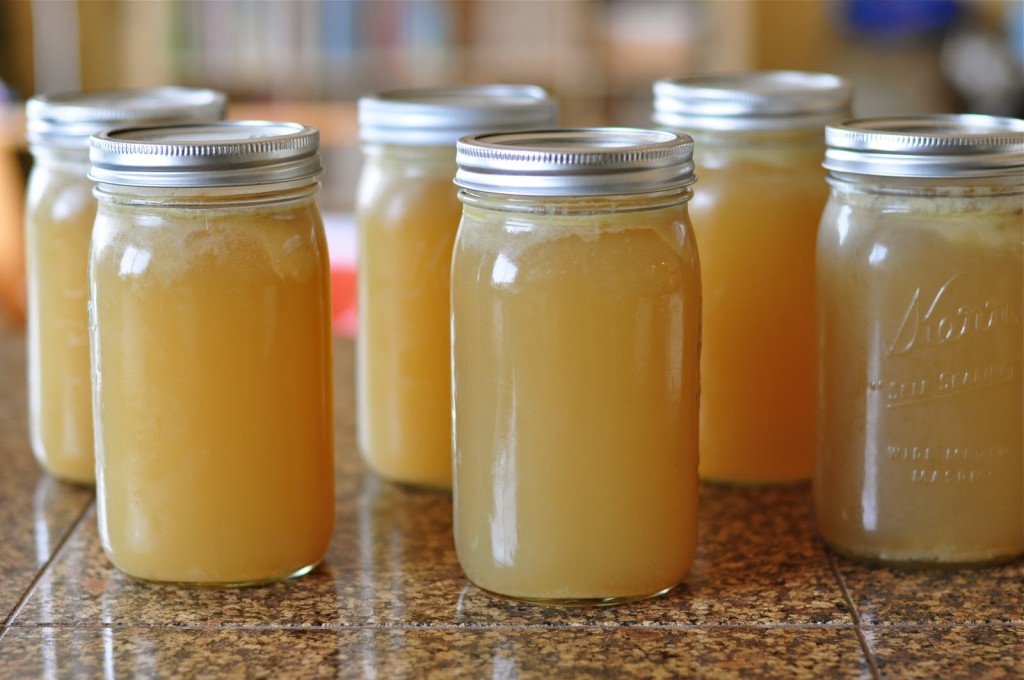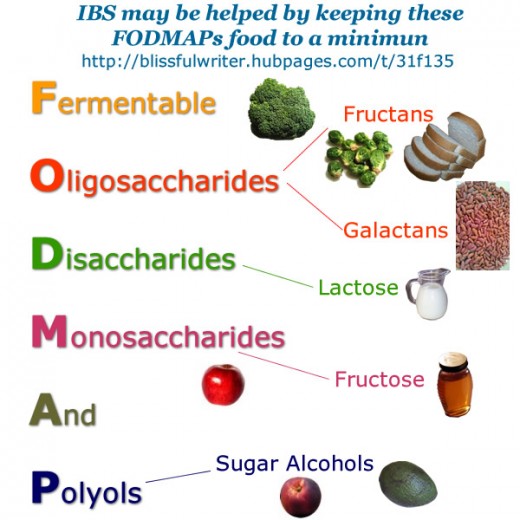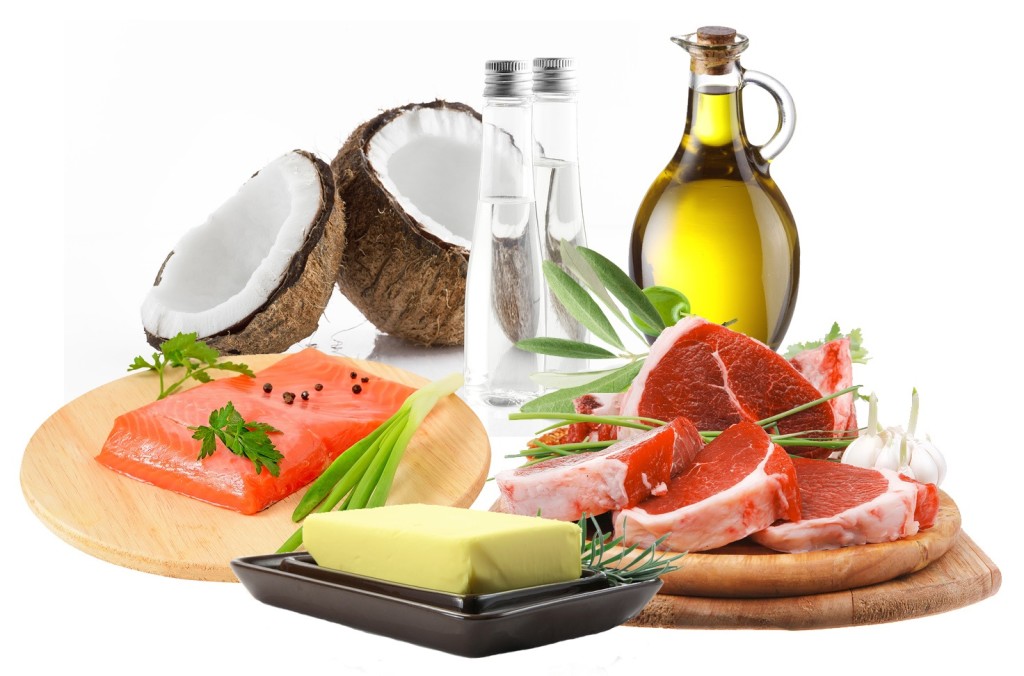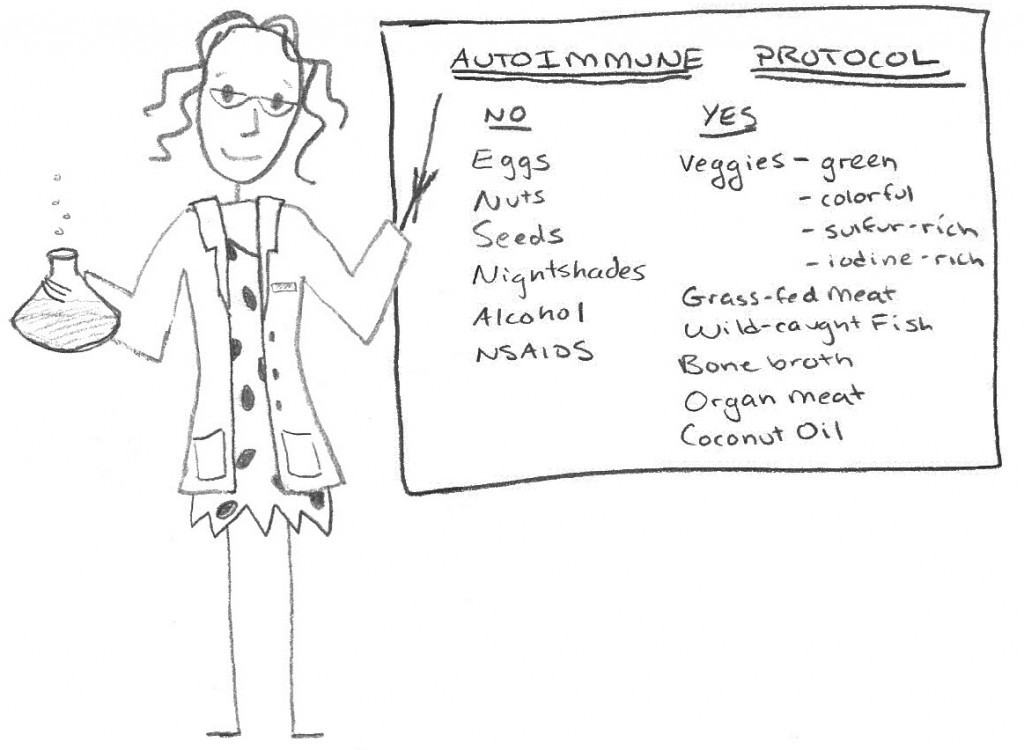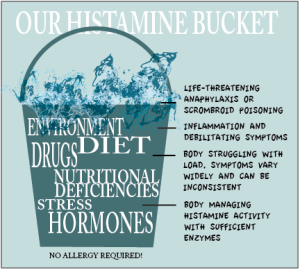I Went Paleo And All I Got Was This Lousy T-Shirt!
Categories: Diets, Erynn Kay PA-C articles, Functional Medicine, Health & Nutrition, Inflammation & Oxidative Stress, Ketogenic Diets, Macronutrients, Metabolism & Chronic Disease, Micronutrients, Nutrition & Counseling, Paleo
Tell me if this sounds familiar: You decide to start a grain-free, Paleo diet to correct some health anomaly, such as obesity, high cholesterol, joint pain, or fatigue. And for awhile you feel great! You realize that grains and legumes were slowly destroying you, and you develop a new lease on life. Hoorah, it’s working! Then, outta nowhere, your weight starts to creep back on. Your labs worsen. That nagging knee pain returns. And you think to yourself, “WHAT IN THE FLINGIN FLANGIN HECK IS GOING ON HERE? I’m doing everything right!! I haven’t touched bread in months! Why don’t I FEEL BETTER?”
Unfortunately there are many, many reasons why Paleo may not be the end-all be-all for your health quandaries. If your stress levels are high, sleep quality is low, and sunshine is inadequate, these could greatly affect you. You may have an imbalance in the gut or an un-diagnosed autoimmune disease. Yes, unfortunately, it could be that your Paleo diet needs some revisions to achieve better health. I receive many questions from patients about which “Category of Paleo” is right for them, so I have put together a list of the more common specialty diets to help make sense of it all. Let’s get started, shall we?
GAPS and SCD
The GAPS and SCD Diets were primarily created to heal the gut. Multiple diseases can cause GI distress, from Inflammatory Bowel Disease to Celiac Disease to SIBO (Small Intestinal Bacterial Overgrowth). These two diets are pretty similar with some key differences. GAPS, or Gut and Psychology Syndrome, was created by Dr. Campbell-McBride who determined there is a link between gut imbalances/infections and mental health disorders such as depression, autism, and schizophrenia. The Specific Carbohydrate Diet, created by Elaine Gottschall, is often recommended for those with Inflammatory Bowel Disease (Crohn’s and Ulcerative Colitis), and irritable bowel syndrome (IBS) to calm gastrointestinal symptoms primarily.
Both diets are based on including foods that can soothe and heal the gut lining: think gelatinous bone broth, probiotic-rich/fermented foods, easily digestible well-cooked vegetables, and healthy fats. There is also strict avoidance of processed foods, preservatives, and toxins, and this should be obvious, right? You can’t put junk in unless you want junk out! Because of this, these plans require quite a bit of home cooking, as eating out is a bit like playing Russian Roulette with your colon. Zoikes Scoobs! The differences in the diets lie in the types of carbohydrates recommended. If you hadn’t noticed, only SPECIFIC carbs are allowed on the SPECIFIC carbohydrate diet (Um, obvi. Good name though.). The reason for this is that you don’t want to feed bad bugs in the gut, and some types of starch can do this. And if you feed your bad bugs, they get happy and gassy…And then YOU get gassy! Which is just no stinking fun. Also, SCD focuses on starches that are easier to digest, which are called monosacchrides (mono = one, saccharides = sugar. LATIN BABY!), as opposed to disaccharides with take more work for your tired GI tract to digest. Both diets have introductory phases that are very limited (re: boring and will make you crave cheeseburgers) to allow the GI tract optimal rest and healing for a short period. The intro diets vary between the two plans.
Low FODMAP
I’m sorry now, low What-map?? Come again? I know what you’re thinking: that is not English. The Low FODMAP diet is another plan for gut healing, but more specific to those with Small Intestinal Bacterial Overgrowth (SIBO). SIBO is, as it sounds, when there are too many bacteria in the small intestine. Generally the small intestine should be quite low in bacteria and the large intestine should be chock full on account of the whole helping you poo thing! Gut bugs, good or bad, prefer certain fibers to others, and foods that are high in FODMAPS make bacteria happy! So what the heck is a FODMAP? FODMAP (“I wish she’d stop saying FODMAP…”) stands for Fermentable Oligo-Di-Monosaccharides and Polyols. Huh? Basically this category of foods draw water into the GI tract and feeds your bugs, again making you an uncomfortable bloated gas-bag if you have SIBO. The diet will most likely not cure SIBO but can help to diagnose it if your symptoms improve on the diet and is meant to be used short term during a treatment course for SIBO before gradually reincorporating some of the healthy higher FODMAP foods as tolerated. Because, let’s face it, brussel sprouts are too damn delicious to avoid forever! The diet is somewhat similar to SCD, but SCD is meant to be much longer term, or more of a lifestyle.
Ketogenic Diet or Nutritional Ketosis
A ketogenic diet, based on the word “ketones” which are the byproducts of metabolizing fat in the body, is basically a Paleo diet with high ratios of dietary fat to lower ratios of dietary protein and carbohydrates (often 70% of calories from fat, 20% from protein, and 10% from carbs, but these ratios can vary among individuals to achieve ketosis in the body). This diet can be therapeutic for numerous metabolic conditions, such as Type 2 diabetes, high cholesterol, high blood pressure, and obesity, and has been proven effective for epilepsy, which is crazy cool. There are also studies demonstrating effectiveness for other brain-related diseases such as Alzheimer’s, Parkinsons, Multiple Sclerosis, and Autism. A diet that involves slathering all of my food in fat and improves my health? Sign me up!
Autoimmune Paleo (or AIP)
For those with autoimmune diseases such as rheumatoid arthritis, lupus, psoriasis, celiac disease, and Hashimoto’s thyroiditis, certain foods have the potential to cause excitation of the immune system and therefore worsen a patient’s symptoms (i.e. joint pain, rashes, fatigue, GI symptoms, depression… you name it basically!). This autoimmune protocol list of foods is extensive, but not all foods on the list will harm all patients with autoimmune disease- it’s highly individual who will be affected by what.
It’s theorized that gastrointestinal permeability (i.e. leaky gut) is the evil root of all autoimmune diseases. Food and other particles leak out of the gut into the bloodstream and aren’t supposed to be there, so the body mounts an immune response to this “foreign” invader. If the foreign food molecule looks like your own tissue (such as your thyroid gland, for example) your tissue will also be under attack. This is called molecular mimicry, not to be confused with a parody or impersonation! Those are fun kinds of mimicry. Anyway, certain foods are more prone to cause leaky gut in a susceptible person, which is someone who may have a genetic propensity toward autoimmune disease or someone with an impaired gut due to overuse of antibiotics, steroids, NSAIDS, or crap foods (who isn’t at risk for an impaired gut these days??). Some BIG trigger foods are dairy, gluten, and foods that can be inflammatory like nightshades (potatoes, tomatoes, peppers), coffee, or chocolate (Infuriating. Just infuriating.). Sometimes remaining on AIP short term can help heal a leaky gut and calm the immune system, and then foods can gradually be reintroduced to determine personal tolerance. A great resource on all things AIP is at The Paleo Mom.
Low Histamine
Histamine is a substance we are all familiar with. During allergy season, many of us experience itchy watery eyes, runny noses, sinus pressure, and even rashes and hives. It turns out foods have various levels of histamines in them (or on them), partially because of the bacteria associated with them. Therefore, it makes sense that fermented foods would be much higher in histamine than fresh foods, which is in fact true. Also meat and fish that sit in the refrigerator will build histamine over time, again because of the bacteria getting busy on your food (cue the Barry White!). Some fruits and vegetables as well as nuts/seeds are also more prone to producing histamine in the body for a myriad of reasons. Often, people that develop this problem have gut dysbiosis, which can mean an imbalance of good and bad bacteria or SIBO. It’s also possible to have reduced levels of the DAO enzyme, which helps break down histamine in the body, or possible that the body’s detoxification capacity may be impaired, making it more difficult to clear excess histamine. Symptoms of histamine intolerance can be the obvious, like those listed above, or more obscure: headaches, fatigue, vertigo/lightheadedness, depression, and joint pain are just a few possibilities. Most people with histamine intolerance don’t have to completely eliminate foods higher in histamine forever. Imagine that you have a designated “histamine bucket” in your body.
When this bucket gets full and overflows, you’ll experience symptoms of histamine intolerance, but until that happens you may be symptom free or perhaps have symptoms to a lesser degree. If you’re able to lower histamine levels through diet, lifestyle, and supplements, and the bucket is only, say, half full, eating some histamine rich foods here and there may not hurt you.
Here’s the rub, however: unfortunately many people on gut-healing diets like those listed above (GAPS, SCD, low FODMAP), can, if predisposed, develop histamine intolerance, as all of those diets are naturally very high in histamine producing foods such as ferments, bone broth, and animal proteins. I don’t know about you, but this really gets my goat! One specialized diet can cause me to NEED ANOTHER ONE? No freaking way. This is why balanced diets with a variety of nutrients are so important, to avoid developing secondary issues. Treatment of histamine intolerance involves a lower histamine diet, at least for a short period to “clear the bucket” before gradually reintroducing foods, and the DAO enzyme can be supplemented to help break down the histamine. It’s also important to support your liver and detoxification systems and eat anti-inflammatory foods, such as tumeric to help keep histamine in balance. An amazing resource on this topic is The Low Histamine Chef– check her out, she’s amazing!
Other
There are other groups of foods that cause cause various intolerances and symptoms, such as those high in salicylates, oxalates, or sulfur, but these are less common than those discussed above and are beyond the scope of this article.
The bottom line is this: though a Paleo diet can correct multiple health related issues, it’s not a fix-all plan for everyone, and sometimes further investigation into your health is required (that’s where our office or another functional provider comes in!). You may have noticed that there is an underlying theme here: when patients are still having health related issues after starting a clean Paleo diet, it’s often related to a gastrointestinal bacterial imbalance, lack of a certain nutrient, or inflammation. Also there is no such thing as a one-diet-plan-fits-all approach. For example, you may not tolerate most FODMAPS but do great on onions, or may have histamine intolerance but thrive on spinach. Personal experimentation and careful elimination diets are still the best approach to figure out which foods work for YOU. So even though the rest of your family became incredibly healthy on Paleo and you did not, don’t despair! With some further investigation and effort, great health is possible.
~Erynn


